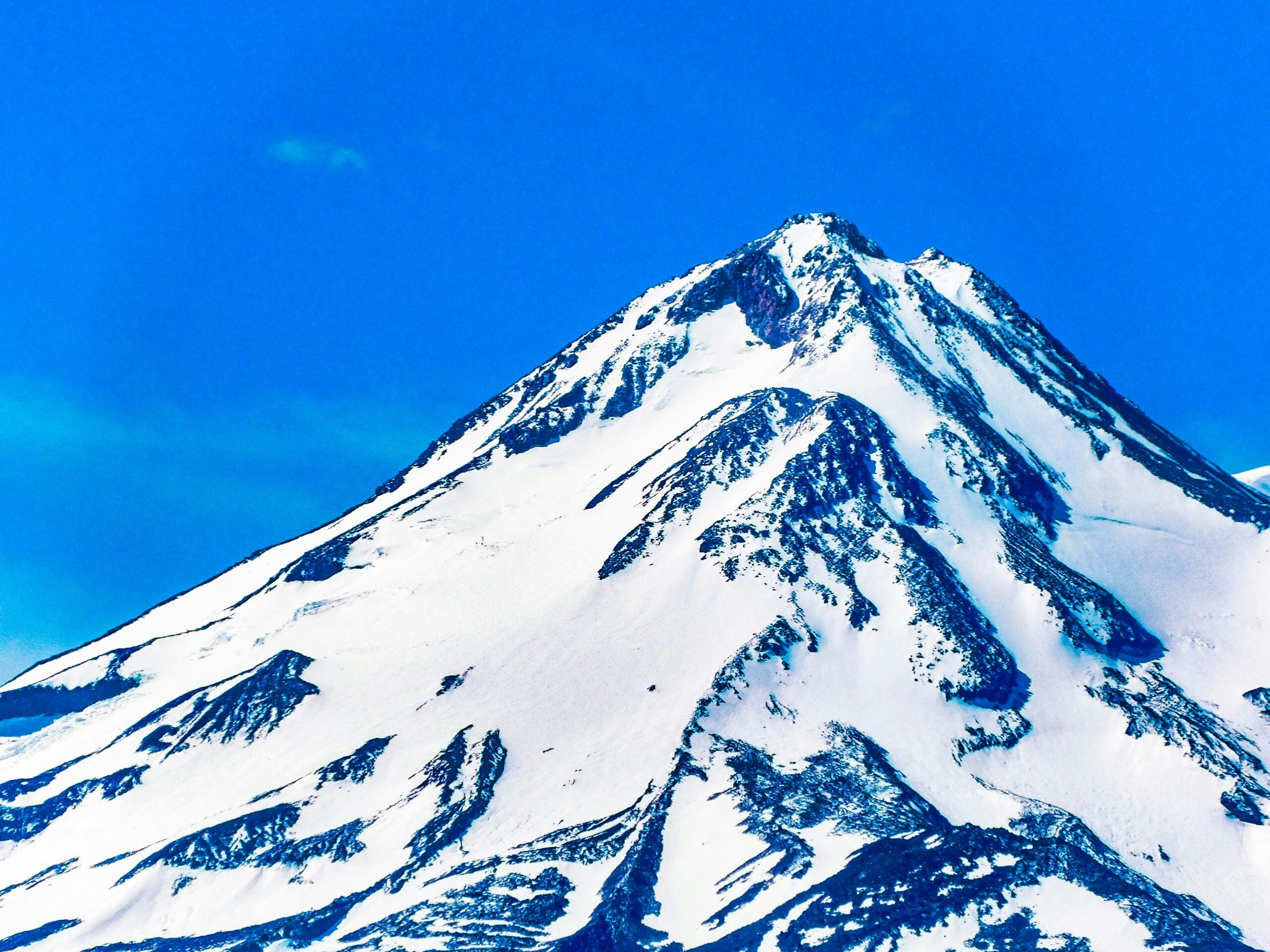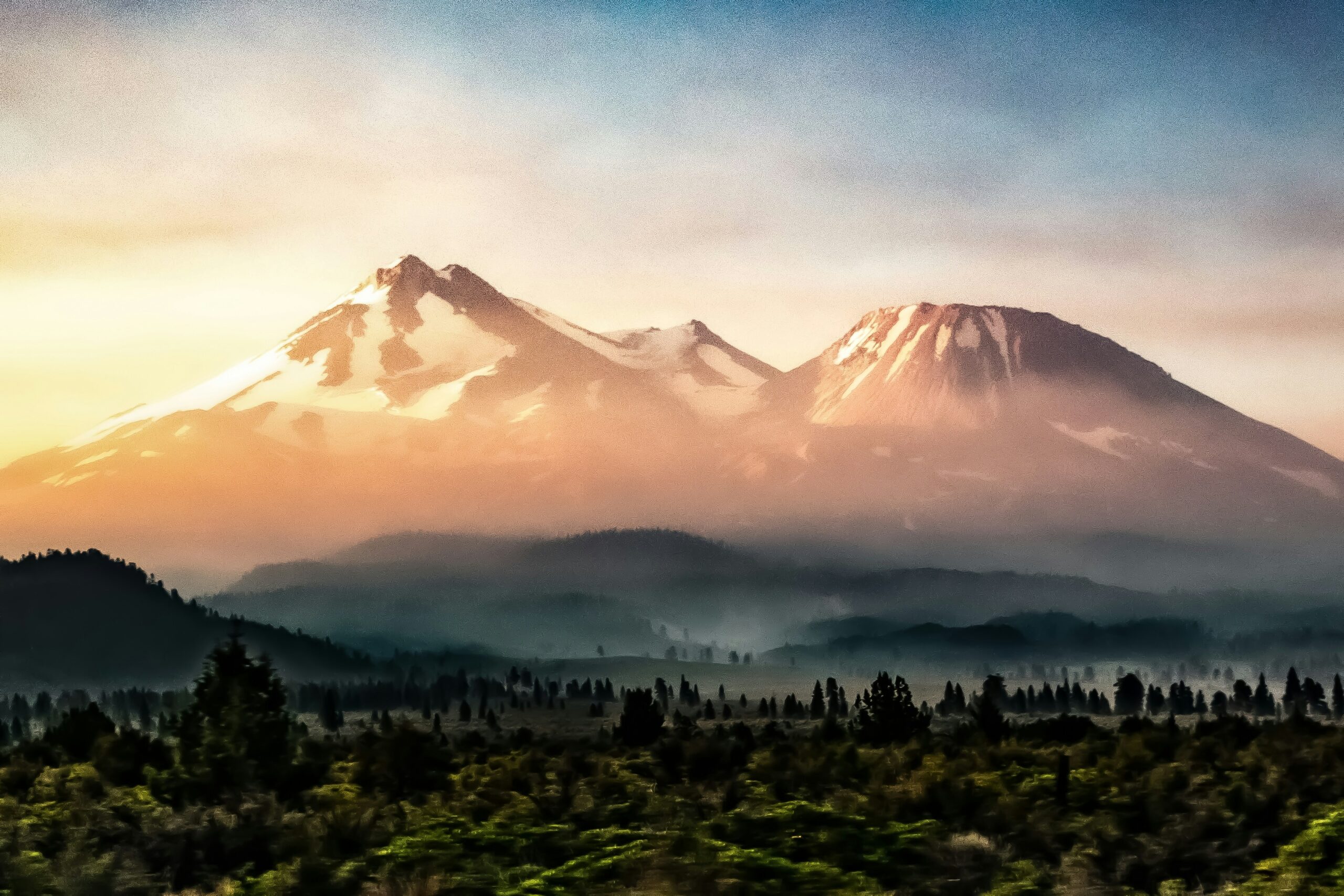Are you ready for an adventure like no other? Conquering the Mount Shasta Summit Trail promises an exhilarating hike that will challenge your limits and reward you with jaw-dropping views. As you wind your way up this majestic peak, you'll experience diverse terrains ranging from dense forests to rugged volcanic landscapes. Lace up your boots and prepare to embark on a journey that will not only test your physical endurance but also fill you with a sense of accomplishment as you stand victorious at the summit, taking in the breathtaking panorama that stretches as far as the eye can see. Have you ever dreamed of conquering a towering peak, with breathtaking views stretching out in all directions, and the sense of accomplishment from reaching the summit? If so, it's time to add Mount Shasta to your bucket list. Nestled in Northern California, Mount Shasta is an iconic peak within the Cascade Range that offers an unparalleled adventure for experienced hikers. So, buckle up your hiking boots, grab your gear, and get ready to conquer the Mount Shasta Summit Trail.
The Allure of Mount Shasta
Mount Shasta is more than just a mountain; it's a geological marvel and a spiritual magnet. Rising to over 14,000 feet, it is the second-highest peak in the Cascades and one of the most sought-after summits in North America.
Why Mount Shasta?
Mount Shasta is renowned for its stunning natural beauty, diverse ecosystems, and the variety of climbing routes. Whether you're a seasoned mountaineer or a weekend warrior, the allure of conquering this majestic peak is hard to resist.
History and Culture
Mount Shasta holds significant cultural and spiritual importance for several Native American tribes, including the Shasta, Modoc, and Wintu tribes. It's often regarded as a sacred mountain, shrouded in myths and legends that add an extra layer of mystique to your adventure.
Preparing for the Hike
Tackling the Mount Shasta Summit Trail is no small feat and requires significant preparation to ensure your success and safety.
Physical Conditioning
The trail demands excellent physical condition. You should be comfortable with long-distance hiking, steep ascents, and handling high altitude. Building endurance and strength through regular cardio and leg exercises will be your key allies.
Gear Essentials
When you're preparing for Mount Shasta, having the right gear is paramount. Here's a quick checklist to ensure you have everything you need:
| Category | Essential Items |
|---|---|
| Clothing | Layered clothing, thermal wear, waterproof jacket, gloves, hat, sunglasses |
| Footwear | Sturdy hiking boots with good ankle support, crampons |
| Climbing Gear | Ice axe, harness, helmet, carabiners |
| Navigation | GPS, topographic maps, compass |
| Camping Gear | Tent, sleeping bag (rated for cold temperatures), cooking stove, fuel |
| Hydration & Food | Water bottles or hydration system, high-energy snacks |
| Safety Equipment | First-aid kit, headlamp, multi-tool, whistle |
Acclimatization
One of the significant challenges of Mount Shasta is its elevation. Spending a few days acclimatizing at a higher altitude can make a massive difference in your performance and health during the climb.

The Route: Mount Shasta Summit Trail
There are several routes to reach the summit, but the popular choice for hikers is the Avalanche Gulch route. This trail is known for its stunning views and relatively straightforward path, suitable for those with good physical conditioning and basic mountaineering skills.
Starting Point: Bunny Flat Trailhead
Your journey starts at the Bunny Flat Trailhead, located at an elevation of 6,950 feet. Here, you'll find parking and facilities to gear up before you embark on your climb.
The Trail to Horse Camp
From Bunny Flat, the hike to Horse Camp is a 2-mile trek, ascending about 1,000 feet. This stretch serves as a good warm-up and helps you acclimate to the higher altitude. Horse Camp is operated by the Sierra Club Foundation and offers well-maintained facilities, including a spring for fresh water, a shelter, and composting toilets.
Climbing to Helen Lake
Helen Lake is your next significant milestone, sitting at around 10,400 feet. This section is more demanding, with steep snowfields requiring crampons and ice axes. The journey from Horse Camp to Helen Lake typically takes 3 to 5 hours, depending on conditions and your pace. Helen Lake is a popular spot for setting up your high camp due to its stunning views and relative shelter from the wind.
The Final Push to the Summit
From Helen Lake, the summit is within reach, but this leg is the most challenging. Starting early in the morning, you'll ascend steeply through Red Banks and Misery Hill, the latter of which lives up to its name due to its grueling incline. Finally, you'll traverse the summit plateau to reach the true summit of Mount Shasta.
Landmarks and Key Points
| Landmark | Elevation | Notes |
|---|---|---|
| Bunny Flat | 6,950 feet | Trailhead with parking, facilities |
| Horse Camp | 7,900 feet | Freshwater spring, shelter, composting toilets |
| Helen Lake | 10,400 feet | Common spot for high camps |
| Red Banks | 12,800 feet | Steep snow climb, significant altitude gain |
| Misery Hill | 13,800 feet | Grueling final ascent before the summit plateau |
| Summit | 14,179 feet | Breathtaking views and the ultimate reward |
Navigational Tips
- Always keep your maps and GPS handy.
- Follow marked routes and be aware of waypoints.
- Keep an eye out for weather conditions; Shasta's weather can change rapidly.
Safety Considerations
Your safety should always come first. Mount Shasta is a serious climb that demands respect and caution.
Weather Conditions
Mount Shasta’s weather can be unpredictable. Always check the forecast before your climb and be prepared for sudden changes. Carrying extra layers and having an emergency plan are vital.
Avalanche Awareness
The Avalanche Gulch route, as its name suggests, is prone to avalanche risks, especially in the winter and early spring. Familiarize yourself with avalanche safety and check current conditions before your hike.
High Altitude Health Risks
Altitude sickness is a real concern. Symptoms include headache, nausea, dizziness, and shortness of breath. If you experience any of these symptoms, it's crucial to descend immediately to a lower altitude.
Essential Emergency Tips
Remember these key safety tips:
- Always have an emergency plan and let someone know your expected return time.
- Carry a first-aid kit and know how to use it.
- Familiarize yourself with specific rescue protocols in case of an emergency.

Best Time to Climb Mount Shasta
Timing your climb is crucial for a successful summit. Understanding the seasonal variations will help you choose the best time for your adventure.
Optimal Climbing Seasons
The best time to climb Mount Shasta is from late May to early July. During this period, the snowpack is stable, and the weather is more predictable. Late summer and early fall can also be good, but the snow used for glissading will be minimal, and rockfall hazards increase.
Adverse Conditions to Avoid
Winters on Mount Shasta are severe, with heavy snowfalls and avalanche cases. The shoulder seasons (spring and fall) offer unpredictable weather and higher avalanche risks, making them less ideal for most climbers.
Environmental Ethics and Leave No Trace
Mount Shasta is a pristine natural area, and it's up to all of us to keep it that way. Practicing Leave No Trace principles helps to preserve the environment for future adventurers.
Leave No Trace Principles
Here are some key principles to abide by:
- Plan Ahead and Prepare: Know the regulations and special concerns for the area you’re visiting.
- Travel and Camp on Durable Surfaces: Stick to established trails and campsites.
- Dispose of Waste Properly: Pack it in, pack it out.
- Leave What You Find: Preserve the past by examining, not touching cultural or historic structures.
- Minimize Campfire Impact: Use a lightweight stove for cooking and enjoy a candle lantern for light.
- Respect Wildlife: Observe wildlife from a distance and avoid feeding animals.
- Be Considerate of Other Visitors: Keep the hike enjoyable for everyone by being courteous and allowing others the opportunity to enjoy the peace and solitude.
Human Waste Disposal
Mount Shasta has established guidelines for waste disposal. Carry out all waste, including human waste, using the provided facilities or packing out with WAG bags (Waste Alleviation and Gelling).

Post-Climb Reflection
Reaching the summit of Mount Shasta is an exhilarating experience filled with personal achievement and breathtaking natural beauty. But it's not just about the summit; it's about the journey.
Celebrate Your Success
Celebrate your accomplishment once you safely descend from the mountain. Reflect on the challenges you overcame, the skills you honed, and the incredible memories you made along the way.
Share Your Experience
Sharing your experience can inspire others to embark on their own adventures. Join forums, write a blog post, or contribute to a hiking community to share tips, stories, and your unique perspective on the Mount Shasta climb.
Conclusion
Conquering the Mount Shasta Summit Trail is not just a physical challenge but a soulful journey into the heart of nature’s grandeur. From the preparation phase to the summit's peak, every step you take brings you closer to nature, tranquility, and a profound sense of accomplishment. Are you ready to take on this thrilling adventure and etch your name in the annals of Mount Shasta’s storied climbers? Lace up those boots, gather your courage, and set forth to conquer one of the greatest peaks in North America. Your adventure awaits!
